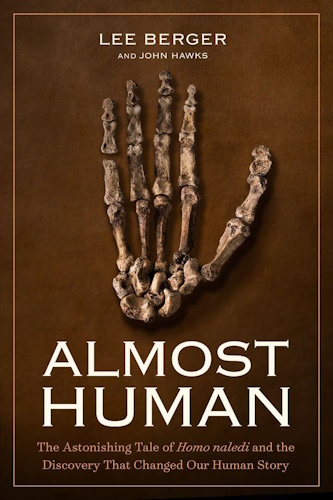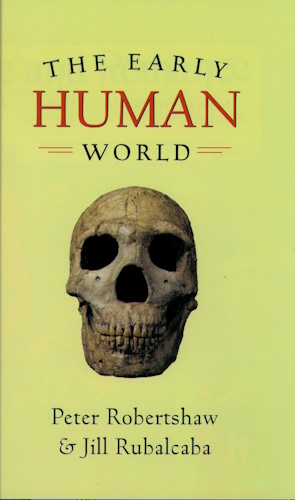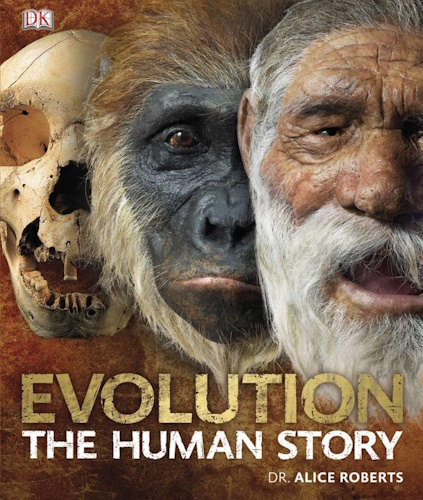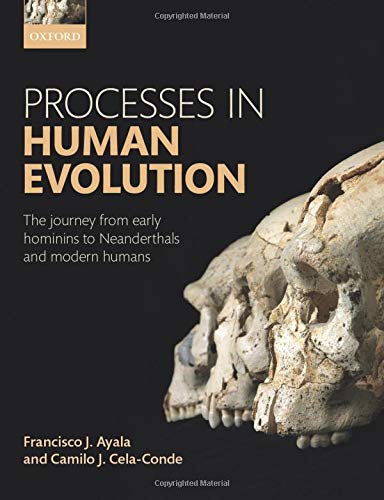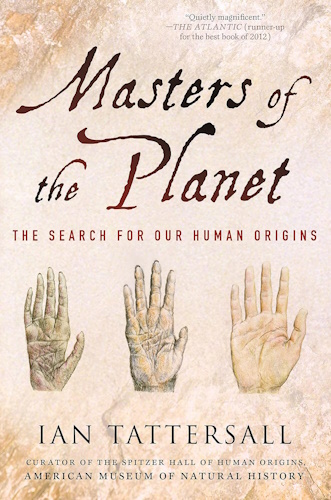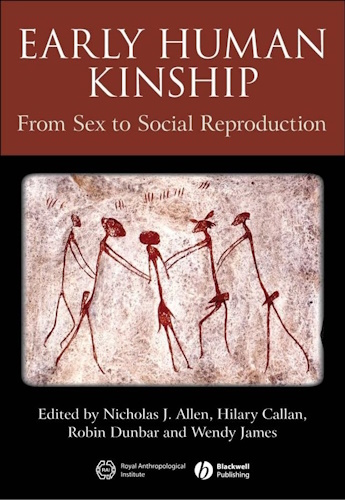![]()
Modern Humans Reached Arabia Earlier Than Thought
Public release date: January 27, 2011
American Association for the Advancement of Science
![]()
Humans May Have Found The Arabian Peninsula As Long As 125,000 Years Ago

Artifacts unearthed in the United Arab Emirates date back 100,000 years and imply that modern humans first left Africa much earlier than researchers had expected, a new study reports. In light of their excavation, an international team of researchers led by Hans-Peter Uerpmann from Eberhard Karls University in Tübingen, Germany suggests that humans could have arrived on the Arabian Peninsula as early as 125,000 years ago — directly from Africa rather than via the Nile Valley or the Near East, as researchers have suggested in the past.
The timing and dispersal of modern humans out of Africa has been the source of long-standing debate, though most evidence has pointed to an exodus along the Mediterranean Sea or along the Arabian coast approximately 60,000 years ago.
This new research, placing early humans on the Arabian Peninsula much earlier, will appear in the 28 January issue of Science, which is published by AAAS, the nonprofit science society.
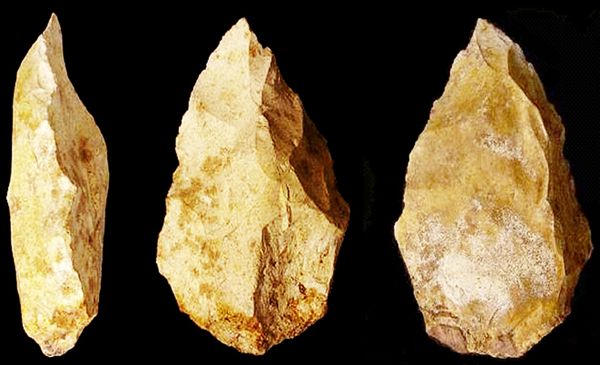
The team of researchers, including lead author Simon Armitage from Royal Holloway, University of London, discovered an ancient human toolkit at the Jebel Faya archaeological site in the United Arab Emirates. It resembles technology used by early humans in east Africa but not the craftsmanship that emerged from the Middle East, they say. This toolkit includes relatively primitive hand-axes along with a variety of scrapers and perforators, and its contents imply that technological innovation was not necessary for early humans to migrate onto the Arabian Peninsula. Armitage calculated the age of the stone tools using a technique known as luminescence dating and determined that the artifacts were about 100,000 to 125,000 years old.
"These 'anatomically modern' humans — like you and me — had evolved in Africa about 200,000 years ago and subsequently populated the rest of the world," said Armitage. "Our findings should stimulate a re-evaluation of the means by which we modern humans became a global species."
Uerpmann and his team also analyzed sea-level and climate-change records for the region during the last interglacial period, approximately 130,000 years ago. They determined that the Bab al-Mandab Strait, which separates Arabia from the Horn of Africa, would have narrowed due to lower sea-levels, allowing safe passage prior to and at the beginning of that last interglacial period. At that time, the Arabian Peninsula was much wetter than today with greater vegetation cover and a network of lakes and rivers. Such a landscape would have allowed early humans access into Arabia and then into the Fertile Crescent and India, according to the researchers.

"Archaeology without ages is like a jigsaw with the interlocking edges removed — you have lots of individual pieces of information but you can't fit them together to produce the big picture," said Armitage. "At Jebel Faya, the ages reveal a fascinating picture in which modern humans migrated out of Africa much earlier than previously thought, helped by global fluctuations in sea-level and climate change in the Arabian Peninsula."
This report by Armitage et al. was funded by the Government of Sharjah, the ROCEEH project (Heidelberg Academy of Sciences), Humboldt Foundation, Oxford Brookes University and the German Science Foundation (DFG).
![]()
![]()
Disclaimer:
Some material presented will contain links, quotes, ideologies, etc., the contents of which should be understood to first, in their whole, reflect the views or opinions of their editors, and second, are used in my personal research as "fair use" sources only, and not espousement one way or the other. Researching for 'truth' leads one all over the place...a piece here, a piece there. As a researcher, I hunt, gather and disassemble resources, trying to put all the pieces into a coherent and logical whole. I encourage you to do the same. And please remember, these pages are only my effort to collect all the pieces I can find and see if they properly fit into the 'reality aggregate'.
Personal Position:
I've come to realize that 'truth' boils down to what we 'believe' the facts we've gathered point to. We only 'know' what we've 'experienced' firsthand. Everything else - what we read, what we watch, what we hear - is what someone else's gathered facts point to and 'they' 'believe' is 'truth', so that 'truth' seems to change in direct proportion to newly gathered facts divided by applied plausibility. Though I believe there is 'truth', until someone representing the celestial realm visibly appears and presents the heavenly records of Facts And Lies In The Order They Happened, I can't know for sure exactly what "the whole truth' on any given subject is, and what applies to me applies to everyone. Until then I'll continue to ask, "what does The Urantia Book say on the subject?"
~Gail Bird Allen
![]()
![]()

